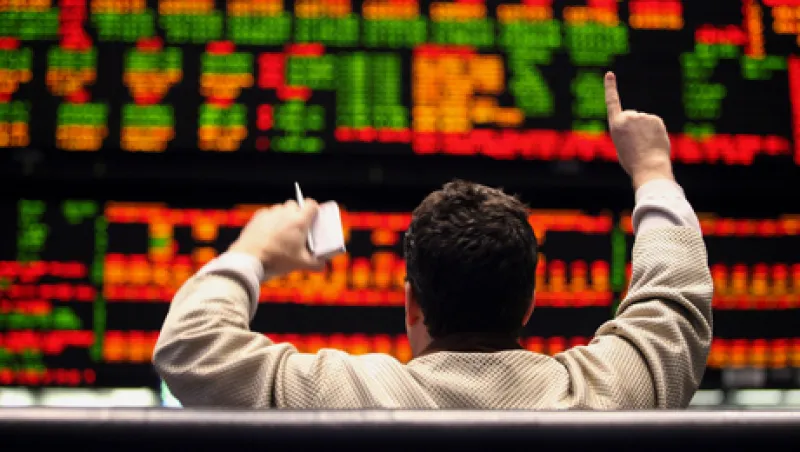
New ETFs Offer Bond Investors Higher Yields
Three recent exchange-traded funds from Van Eck give yield-hungry investors bets on emerging markets, foreign currency and fallen angels.
Maureen Nevin Duffy
June 27, 2012


